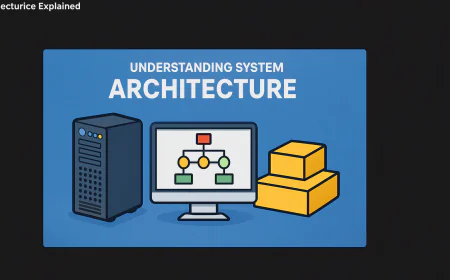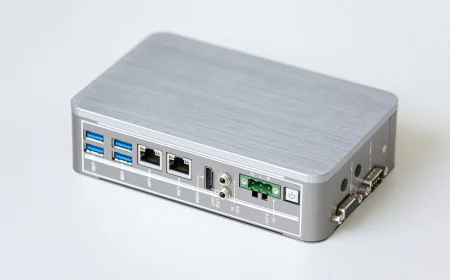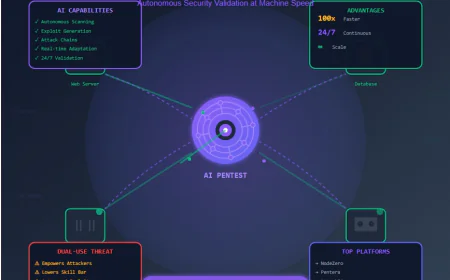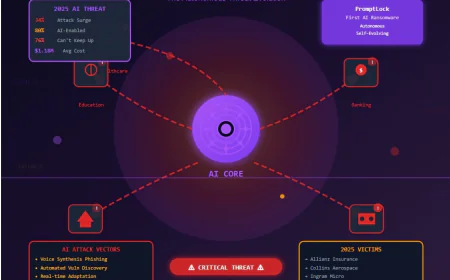How to Automate Infrastructure Testing with Terratest
Ever deployed cloud infra and prayed it works? Stop the guessing game! With Terratest, you can automate your infrastructure testing like a pro. Test your Terraform, Docker, or Kubernetes setups before they hit production, catch mistakes early, and sleep peacefully knowing your S3 buckets, EC2 instances, and load balancers are behaving exactly as expected. Think of it as a safety net for your cloud — test, verify, destroy, repeat. Fast, safe, and stress-free cloud deployments await!

Introduction
Ever deployed cloud infrastructure and prayed it works perfectly? You’re not alone. Manual checks are slow, error-prone, and honestly, stressful. That’s where Terratest comes in — a Go-based testing framework that lets you automatically verify your Terraform, Docker, or Kubernetes setups before they touch production.
With Terratest, you can test, validate, and destroy infrastructure in an automated pipeline. No more surprises, no more “oops” moments — just clean, reliable, and reproducible infrastructure deployments.

Why Infrastructure Testing Matters
Deploying cloud resources without testing is like jumping out of a plane without checking your parachute.
Problems you might face without proper infra tests:
- EC2 instances in wrong subnets
- S3 buckets without encryption
- Security groups exposing all ports
- Load balancers misrouting traffic
With Terratest, you catch these issues early, save costs, and prevent downtime in production.
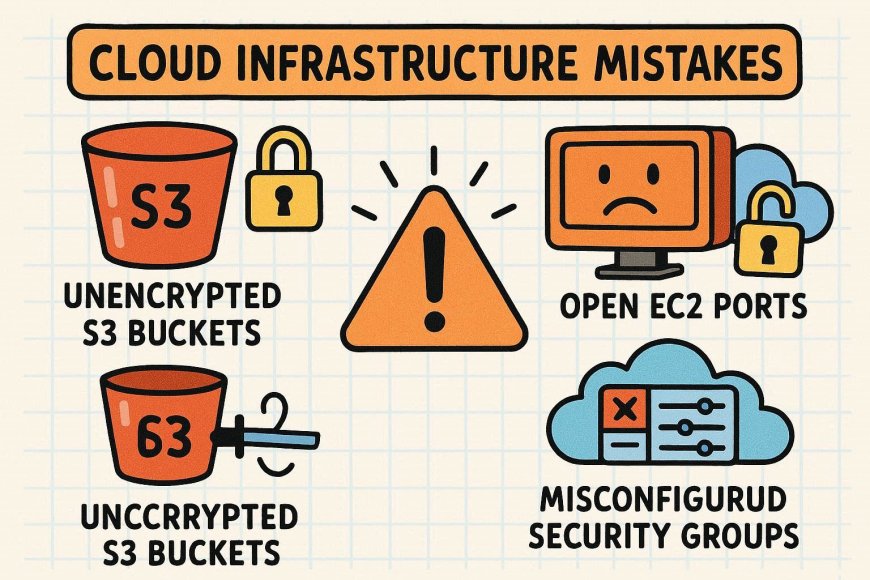
What is Terratest?
Terratest is a Go library designed for automated testing of your infrastructure. It integrates easily with:
- Terraform – Validate infrastructure plans
- Packer – Test custom machine images
- Docker – Check container builds and configs
- Kubernetes – Ensure deployments and policies work
Key Features:
- Automated Provisioning & Validation – Terraform apply, test, destroy automatically
- Integration with CI/CD – Works perfectly with Jenkins, GitHub Actions, GitLab CI
- Reusable Test Scripts – Write once, use across multiple projects or environments
How Terratest Works: Step by Step
Here’s the typical workflow when using Terratest:
- Write Test in Go – Define what you want to validate.
- Run Terraform Apply – Deploy test infrastructure.
- Validate Resources – Example checks:
- EC2 instance is running
- S3 bucket has encryption enabled
- Load balancer has correct ports
- Destroy Test Infrastructure – Clean up automatically after tests run.
Sample Go Test Code Snippet:
package test
import (
"testing"
"github.com/gruntwork-io/terratest/modules/terraform"
"github.com/stretchr/testify/assert"
)
func TestS3Bucket(t *testing.T) {
terraformOptions := &terraform.Options{
TerraformDir: "../terraform",
}
defer terraform.Destroy(t, terraformOptions)
terraform.InitAndApply(t, terraformOptions)
bucketName := terraform.Output(t, terraformOptions, "bucket_name")
assert.NotEmpty(t, bucketName)
}

Best Practices for Terratest
- Keep Tests Isolated – Each test should run independently
- Use Short-lived Test Resources – Destroy resources after tests
- Integrate with CI/CD – Automate tests on every code push
- Check Outputs & Logs – Validate infrastructure outputs clearly
Terratest in CI/CD Pipelines
Terratest shines when integrated with pipelines. Example flow:
- Developer pushes Terraform code
- CI/CD triggers Terratest
- Terratest deploys infra in test environment
- Validations run automatically
- If tests pass → deploy to production
- If tests fail → CI/CD stops deployment
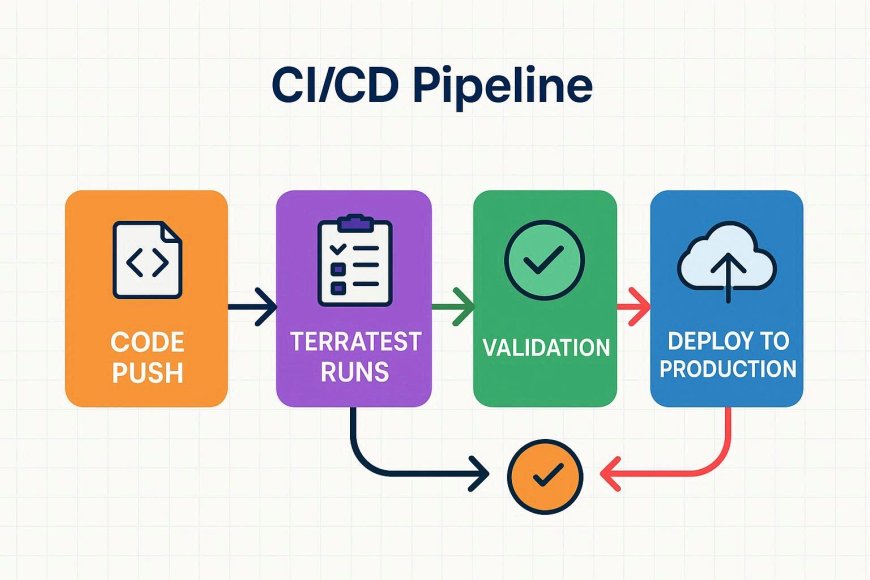
Conclusion
Automating infrastructure testing is no longer optional — it’s essential for reliable cloud deployments. Terratest gives you the confidence, speed, and safety to test your IaC before hitting production.
Think of it as your infrastructure safety net: deploy confidently, catch mistakes early, and keep your production environment clean and stable.

